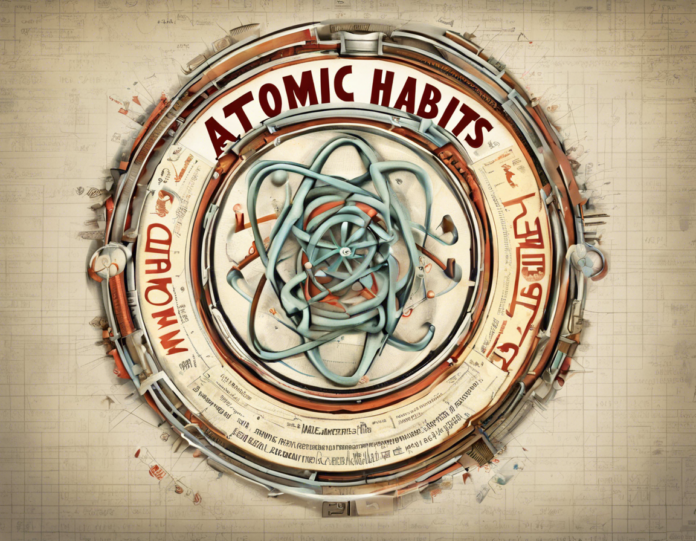INTRODUCTION
In today's fast-paced world, where distractions are always just a click away, developing good habits has never been more critical. James Clear, in his book Atomic Habits, delves into the science behind habits and offers a practical guide for individuals looking to make lasting changes in their lives. In this comprehensive article, we will explore the key concepts of the book and provide actionable tips on how to implement them in your daily routine.
UNDERSTANDING HABITS
Habits are the invisible architecture of our daily lives. According to Clear, habits are formed through a four-step process known as the habit loop: cue, craving, response, and reward. Understanding this loop is essential for reshaping our behaviors. By identifying the cues that trigger our habits, we can intentionally design new routines that lead to positive outcomes.
THE CRUCIALITY OF SMALL CHANGES
One of the central tenets of Atomic Habits is the idea of marginal gains. Instead of aiming for drastic transformations overnight, Clear suggests focusing on small, incremental improvements. These tiny changes, when compounded over time, can lead to remarkable results. By embracing the power of 1% progress, individuals can build habits that stand the test of time.
MAKING HABITS IRRESISTIBLE
To make good habits stick, Clear emphasizes the importance of making them attractive. By linking desirable outcomes to positive behaviors, we can increase our motivation and likelihood of success. Additionally, environmental design plays a crucial role in habit formation. By tweaking our surroundings to make good habits easy and bad habits difficult, we can set ourselves up for success.
MASTERING THE ART OF TEMPTATION BUNDLING
Another effective strategy outlined in Atomic Habits is temptation bundling. This technique involves pairing a desired habit with a less desirable task. By linking these activities together, individuals can make the habit more appealing and increase their chances of follow-through. For example, only allowing yourself to watch your favorite TV show while exercising can turn a previously mundane activity into a rewarding experience.
FAQs (FREQUENTLY ASKED QUESTIONS)
-
How long does it take to form a new habit?
The time it takes to form a new habit varies from person to person. On average, it can take anywhere from 21 to 66 days for a behavior to become automatic. Consistency and repetition are key factors in habit formation. -
What should I do if I slip up on my new habit?
Slipping up on a new habit is normal and should be viewed as a learning opportunity. Instead of being discouraged, acknowledge the setback, identify the triggers that led to it, and recommit to your habit. Remember, it's about progress, not perfection. -
How can I break a bad habit?
Breaking a bad habit requires a similar approach to forming a new one. Identify the cues that trigger the habit, replace the behavior with a positive alternative, and create a supportive environment. It may also be helpful to seek accountability from friends or family. -
What role does motivation play in habit formation?
While motivation can provide an initial push, it is consistency that sustains habits in the long run. Building habits around systems rather than relying solely on willpower can help mitigate fluctuations in motivation. -
Can I work on multiple habits at once?
While it is possible to work on multiple habits simultaneously, it is important to prioritize and focus on one habit at a time. Overloading yourself with too many changes can lead to burnout and decrease the likelihood of success.
CONCLUSION
In conclusion, Atomic Habits by James Clear offers a compelling framework for understanding and implementing lasting behavior change. By breaking down habits into their fundamental components and leveraging strategies like temptation bundling and environmental design, individuals can cultivate habits that lead to a happier, healthier, and more productive life. Remember, the journey to personal growth is not about perfection but rather progress and continuous improvement. Start small, stay consistent, and watch as your atomic habits transform your life.

